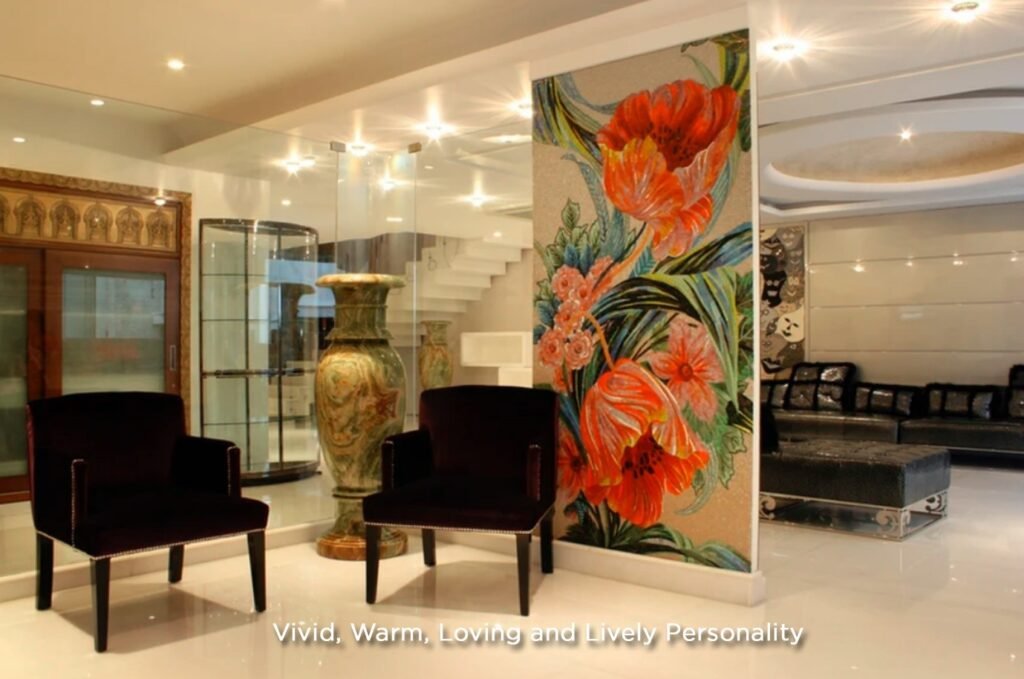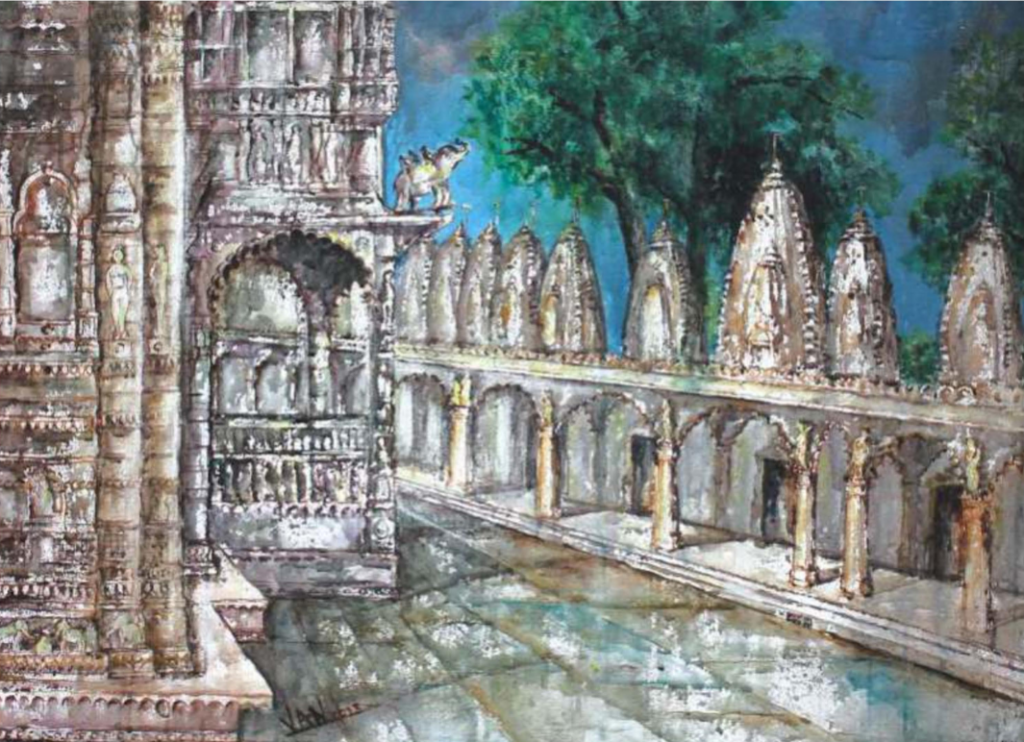~Frank Lloyd Wright Every civilization Greek, Roman, Indian, Chinese, Mayan has been remembered not only for its literature or politics but for its architecture. The Parthenon, the Forbidden City, the stepwells of Gujarat, the temples of Angkor these are cultural signatures that continue to narrate the soul of their respective civilizations long after the empires …
~Frank Lloyd Wright

Table of Contents
- The Architect’s Role: Beyond Building
- Frank Lloyd Wright’s Vision: An Architecture of Identity
- Fallingwater (1939)
- The Guggenheim Museum (1959)
- The Broader Implication: Architecture as Cultural DNA
- The Greek and Roman Example
- The Indian Example
- The Modern Lesson
- Architecture as the Mother Art
- Sydney Opera House (Jørn Utzon, 1973)
- Centre Pompidou (Paris, 1977)
- The Architect’s Responsibility Today
- Building the Soul: Three Guiding Principles
- Closing Reflection
Every civilization Greek, Roman, Indian, Chinese, Mayan has been remembered not only for its literature or politics but for its architecture. The Parthenon, the Forbidden City, the stepwells of Gujarat, the temples of Angkor these are cultural signatures that continue to narrate the soul of their respective civilizations long after the empires that built them have faded.
For Wright, architecture was the “mother art” because it shapes and shelters all others. Painters, sculptors, musicians, and writers all need spaces museums, halls, homes, cities to work and thrive. Architecture, therefore, doesn’t just coexist with culture. It frames it, fosters it, and sometimes, defines it.
The Architect’s Role: Beyond Building
From an architect’s point of view, Wright’s words remind us of the deep responsibility we hold. We aren’t just problem-solvers delivering floor plans; we are custodians of culture. Every building we design contributes, even in a small way, to the story of a civilization. Whether a humble house or a national museum, architecture carries meaning beyond bricks and mortar.
An architect must ask:
- Does this building reflect the values and aspirations of its people?
- Does it connect with its context, history, and climate?
- Will it age gracefully and remain relevant, or become obsolete and soulless?
If the answers lean toward “no,” then perhaps we are not building civilization, but merely constructing shells.
Frank Lloyd Wright’s Vision: An Architecture of Identity
Wright himself practiced what he preached. He rejected the idea of copying European styles, arguing that America, as a young nation, needed an architecture true to its landscapes and ideals. From this belief emerged “organic architecture” a philosophy that sought harmony between human habitation and the natural world.
Key tenets of Wright’s approach included:
- Integration with Nature – Buildings should grow from their sites, not dominate them.
- Use of Local Materials – Stone, wood, and earth drawn from the land itself.
- Fluid Interiors – Spaces that reflect the open, democratic spirit of modern life.
- A Distinct Identity – Forms, layouts, and styles that broke free from imported traditions.
Fallingwater (1939)
Perhaps Wright’s most famous work, Fallingwater in Pennsylvania, epitomizes his philosophy. Commissioned as a vacation home for the Kaufmann family, it was built directly over a waterfall not beside it, but over it. The cantilevered terraces stretch outward like rock ledges, while local sandstone roots the structure into the landscape.
The house feels less like a “building on a site” and more like a geological formation shaped by the same forces as the river and rocks. Wright was showing that American architecture could be as unique and timeless as its landscapes. It wasn’t imitating Europe; it was inventing something new, something soulful.

The Guggenheim Museum (1959)
While Fallingwater is intimate and earthbound, the Guggenheim Museum in New York is sculptural and urban. Its spiral form broke from the conventional “white box” gallery, creating a continuous ramp that guides visitors upward in a single fluid motion.
Here, Wright crafted a space not only for art but as art. The building itself became a cultural icon one that expressed modernity and boldness at the heart of New York City. It wasn’t about grandeur for its own sake, but about giving the city a piece of architecture that expressed its forward-looking soul.

The Broader Implication: Architecture as Cultural DNA
Wright’s statement is not confined to his own works. Across history, societies with distinct architectural identities whether vernacular or monumental have created enduring cultural legacies.
The Greek and Roman Example
Greek temples, with their precise columns and proportions, were expressions of order, rationality, and humanism. Roman architecture, with its aqueducts, amphitheaters, and basilicas, expressed ambition, engineering prowess, and civic pride. These forms were not just functional; they were embodiments of values.
The Indian Example
In India, architecture has long mirrored spiritual and social dimensions. From the stepwells of Gujarat (which addressed climate and ritual simultaneously) to the Mughal forts and palaces (which blended Persian and local traditions), each structure carried cultural narratives.

Navlakhi Vav, Vadodara

Balkrishna Doshi’s Aranya Housing
Even modern Indian architecture, such as Balkrishna Doshi’s Aranya Housing, channels social inclusivity a soul beyond pure aesthetics.
The Modern Lesson
When societies build only generic, placeless architecture endless glass boxes and imported styles they risk losing their soul. A city of interchangeable towers might function, but does it express identity? Does it inspire pride or connection? Civilization needs more than shelter; it needs symbols, anchors, and spaces that evoke belonging.
Architecture as the Mother Art
Wright called architecture the “mother art” because it shelters all others. Theatres, museums, libraries, and public squares are not just containers they influence the arts within them.
Sydney Opera House (Jørn Utzon, 1973)
Though not Wright’s work, the Sydney Opera House illustrates his point. Its soaring shells didn’t just create a performance space; they became a cultural emblem for Australia. The building elevated the arts it housed, while simultaneously giving the nation a recognizable soul.

Sydney Opera House
Centre Pompidou (Paris, 1977)
Renzo Piano and Richard Rogers designed the Pompidou as a radical, inside-out structure. Its boldness didn’t just provide galleries; it redefined what a cultural institution could be, revitalizing an entire district. Architecture here acted as both stage and performer.

Centre Pompidou
The Architect’s Responsibility Today
From a contemporary architect’s perspective, Wright’s statement carries even more weight. Globalization and digital modeling have made it easy to replicate forms across continents. The risk? Homogenization. When every skyline starts to look the same, civilizations risk losing their distinct voices.
Our responsibility as architects is to resist pure trend-chasing and instead ask:
- How can this building reflect its place and people?
- How can we use local materials and crafts?
- How can we respond to climate and culture rather than defaulting to global clichés?
- Will this building inspire, not just serve?
This doesn’t mean rejecting innovation. It means grounding innovation in context. Wright himself was a technological pioneer, experimenting with cantilevers, radiant heating, and prefabrication. But his work never lost its sense of place or purpose.
Building the Soul: Three Guiding Principles
For architects inspired by Wright, creating an “architecture of our own” means embracing three principles:
- Contextualism
Every building must converse with its site, climate, and culture. Context doesn’t limit creativity it enriches it.
- Cultural Storytelling
Architecture must reflect the values, struggles, and aspirations of its people. Whether through form, material, or program, a building should feel rooted.
- Emotional Resonance
Beyond efficiency and beauty, a building must make people feel. Awe, serenity, belonging these emotions give a civilization its soul.
Closing Reflection
Frank Lloyd Wright’s quote is not a nostalgic plea to cling to the past. It is a call to craft futures with soul. If architects build only for utility and profit, we risk creating cities that are efficient but hollow, serviceable but forgettable. If we instead embrace architecture as the mother art responsible for nurturing all others, we can shape environments that tell the stories of our time and place, and in doing so, give our civilization a living, breathing soul.
For Wright, an “architecture of our own” didn’t mean isolation or stylistic purity. It meant honesty. Honesty to landscape, to culture, to materials, and to human experience. His Fallingwater whispers to the forest. His Guggenheim spirals like a modern nautilus. His words echo a truth every architect must remember: we are not just building for now. We are building for memory, identity, and continuity.
As architects, our task is to ensure that when future generations look at our work, they don’t just see shelters or monuments they see the soul of our civilization, etched in steel, stone, timber, and glass.





